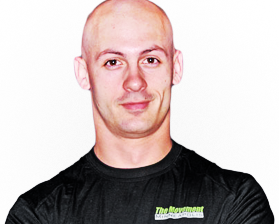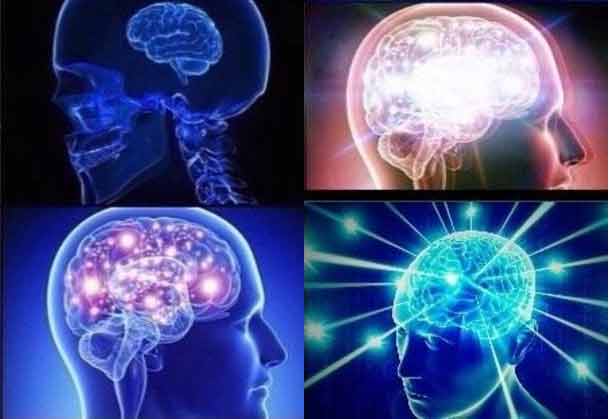I sit down to write. The cursor blinks on the page.
Nothing is coming to me.
Better make sure nothing life-changing has been posted on Instagram.
Wait I was writing. Back to typing and deleting. Can’t think of anything.
Pretty sure there will be some breaking news on twitter that’s important…
Damn I should be creating something. Back to writing.
OK but nothing has come to me so I should probably check cryptocurrency prices.
Fine I’m back to writing but a whole 15 minutes has gone by and I haven’t been able to come up with something so maybe today isn’t the right day. Maybe I should sit this one out and come back when I feel fresh tomorrow?
The battle with distractions from you doing something hard but worthwhile is never ending. I’m sure Picasso didn’t have Facebook and Netflix but I’d wager he was no less distracted by fair maidens and breaking news telegraphs.
Maybe these distractions stop you from creating something that is trapped in your minds eye, or they pull you away from long term slow endeavours like building a strong body or aesthetic physique. Either way they’re stealing from you.
While there are no true “hacks”, it’s worth experimenting with different systems to interrupt an unproductive pattern. I have tons of friends who have had great luck with and swear by GTD, the Getting Things Done system. Others do something as simple as using the Pomodoro technique when they’re in dedicated work times. I don’t think it matters so much what systems you use, rather that you have something that causes you to examine and focus on your behavior if your automatic habits involve too much distraction.
At the end of the day it comes down to asking yourself the same question often and repeatedly: “Am I creating right now?”
Because in the end that’s what matters. What you create. No one has ever been remembered for what they consumed. Consumption can have a place in creation to be sure, I get some of my greatest inspirations from reading, but that type of consumption can be directly connected to creation.
It’s not clicking yes on “Are you still watching?”
Be patient. Sit with it. Sometimes it takes more than 5 minutes of investing your time before you see the payoff. Sometimes you have to start writing nonsense or drawing doodles or just showing up to the gym to move something before the inspiration really kicks in.
So do whatever you have to do to keep the focus, and go make what you’re capable of.


